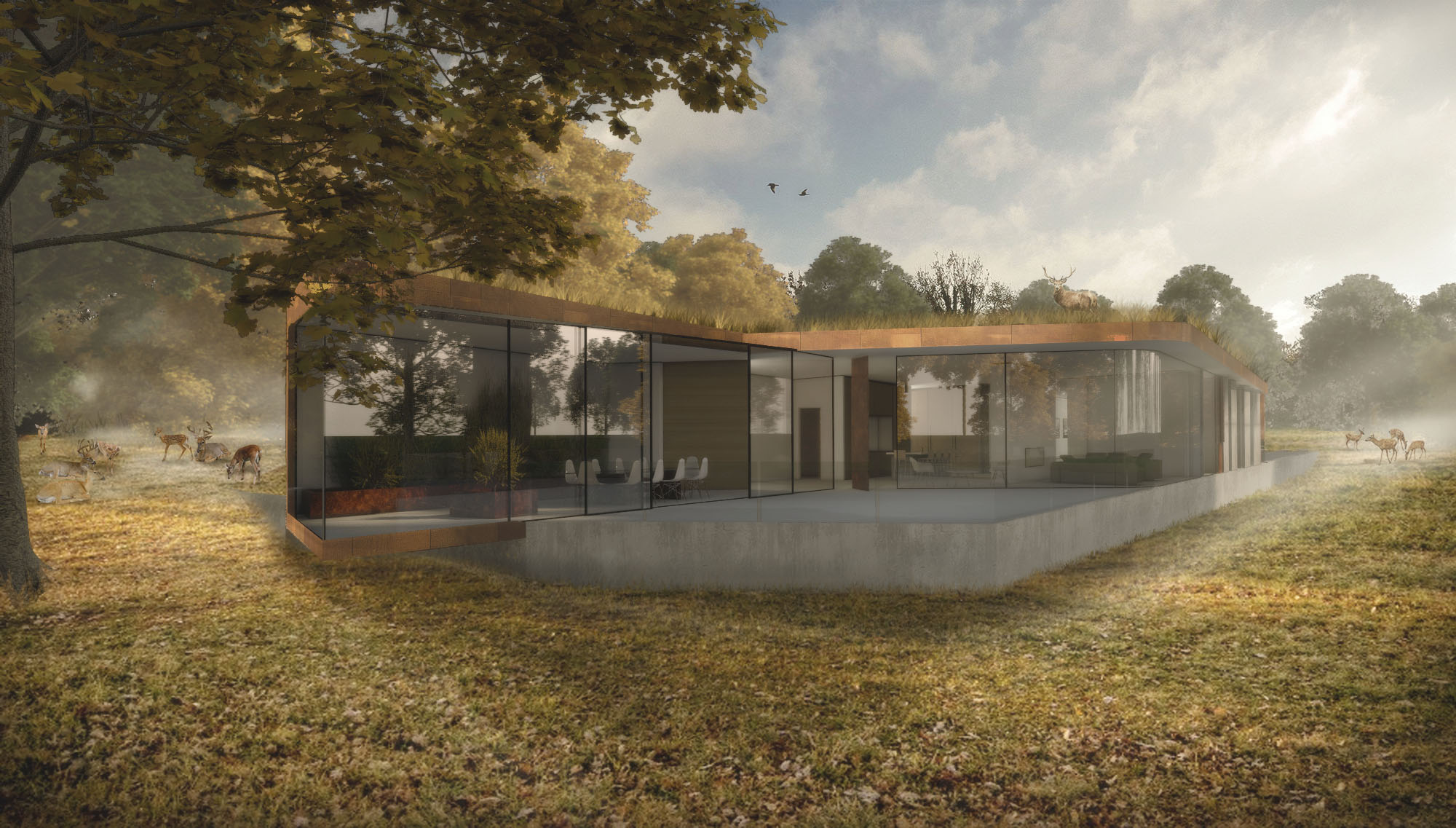
Paragraph 79 (now Paragraph 80) of the National Planning Policy Framework (NPPF) is a unique piece of legislation that provides exceptional circumstances for allowing the construction of isolated dwellings within the countryside.
As an architectural and interior design practice that embraces the past, the present, and the future and places people and feeling at the core of its architecture philosophy, Hollaway Studio are in a unique position to deliver Paragraph 79 briefs of exceptional architectural quality, whilst being sensitive to the defining characteristics of the local area.
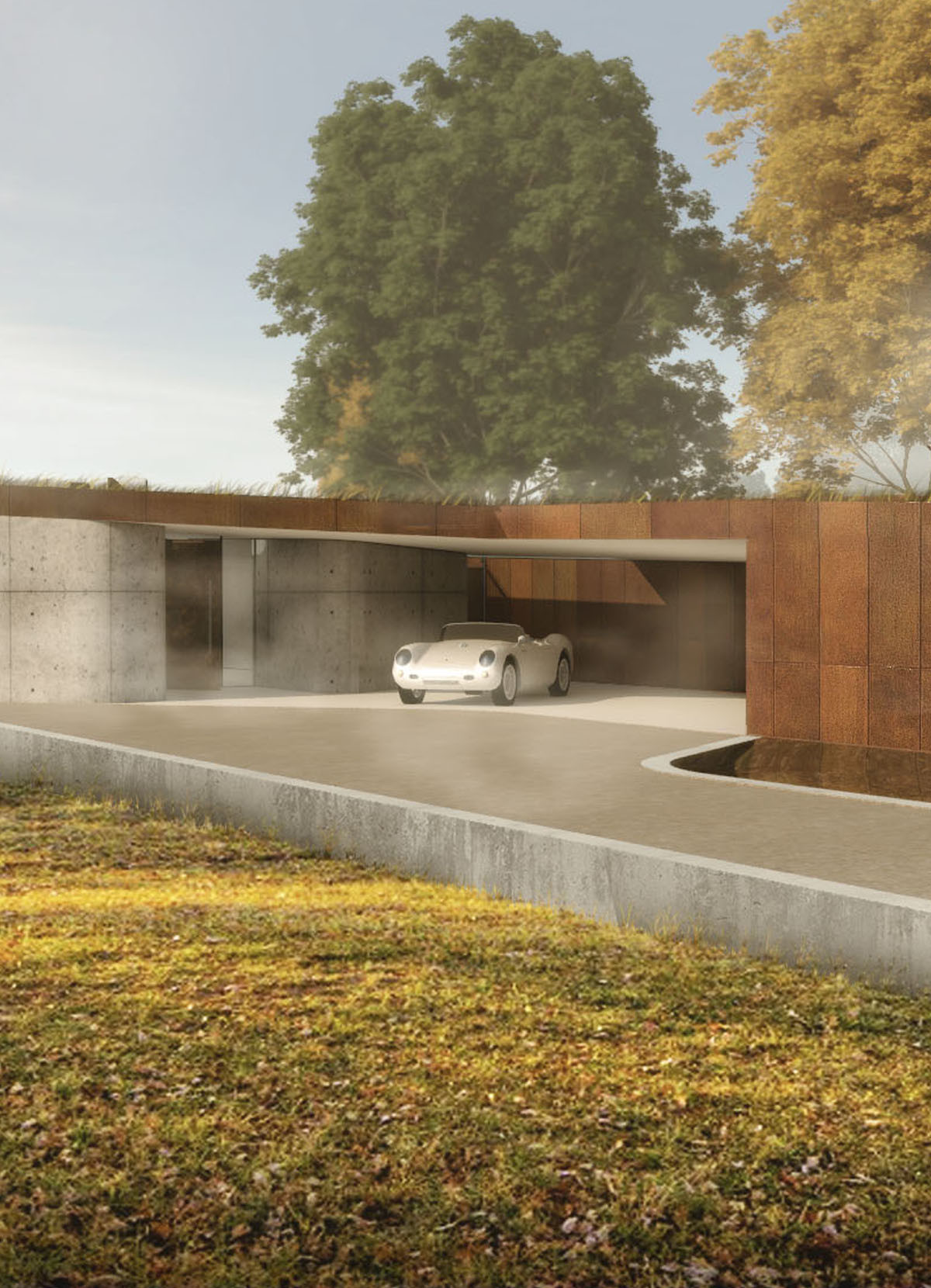
Exceptional design begins with feeling – for place, for the past, for the needs and wants of the now, and for balance and integration. It listens. It empathises. It’s pragmatic. It’s an understanding that informs everything we do. It makes buildings that work – truly, beautifully. This is how we approach all projects.
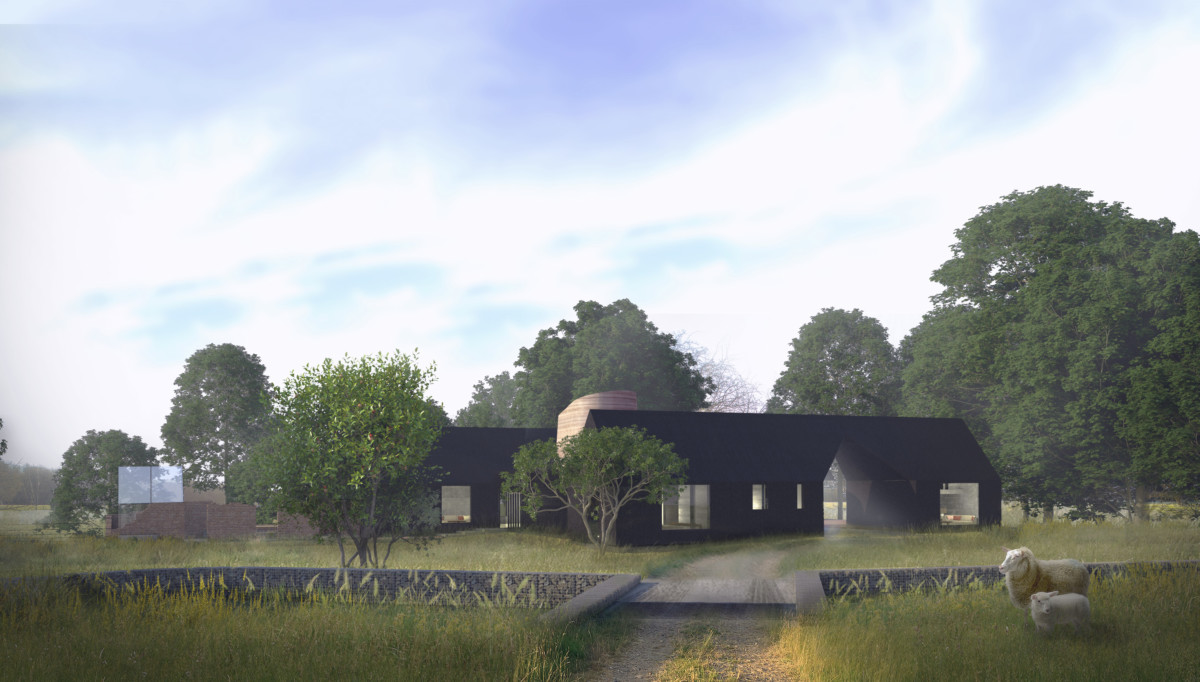
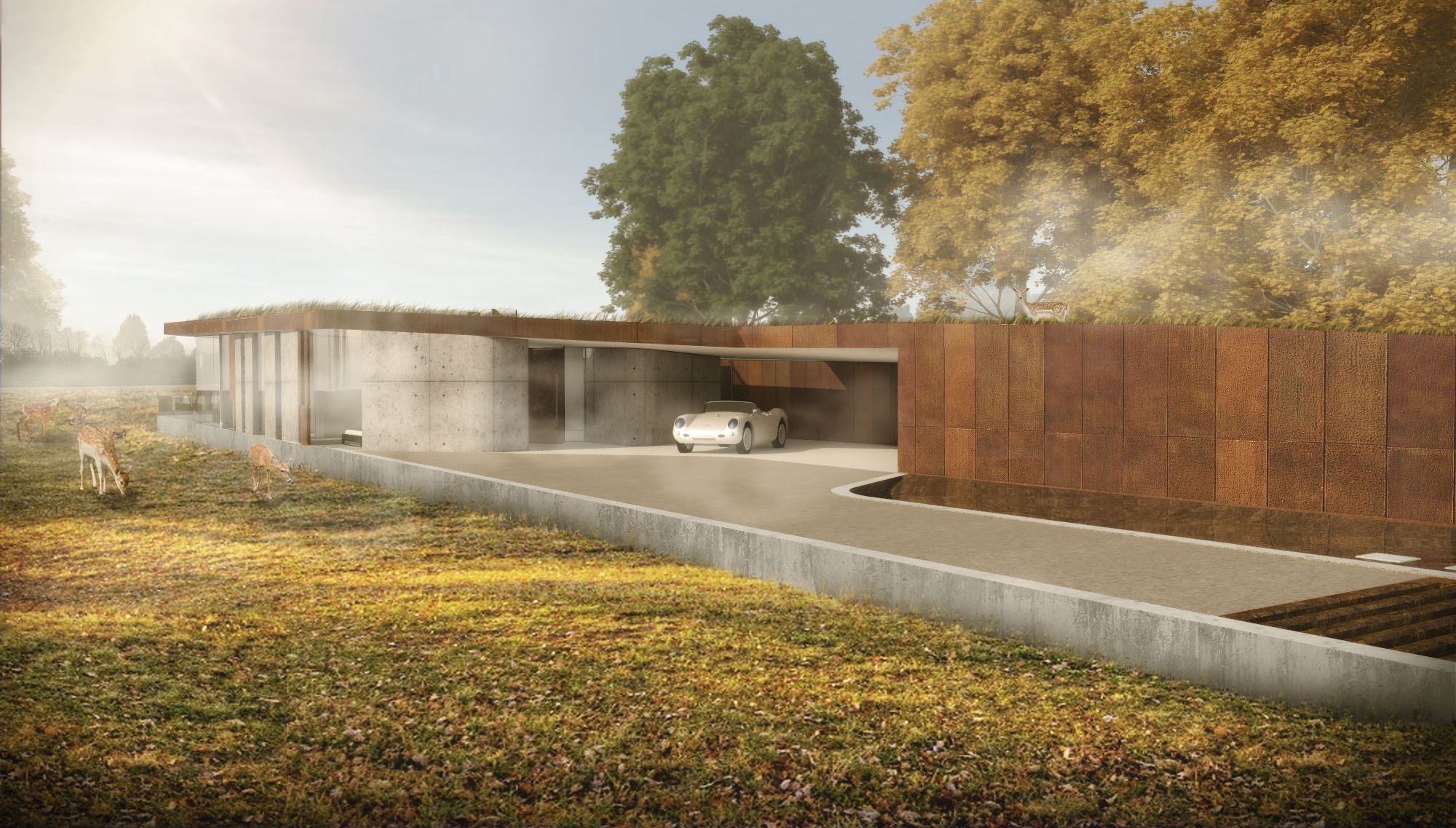
An architecture practice is nothing without its people, and the very best practices are those in which everyone has a voice – however different it may be. We are extremely fortunate Hollaway is exactly this: an extraordinary bunch of thinkers, talkers, and doers. These are the people that get buildings made.
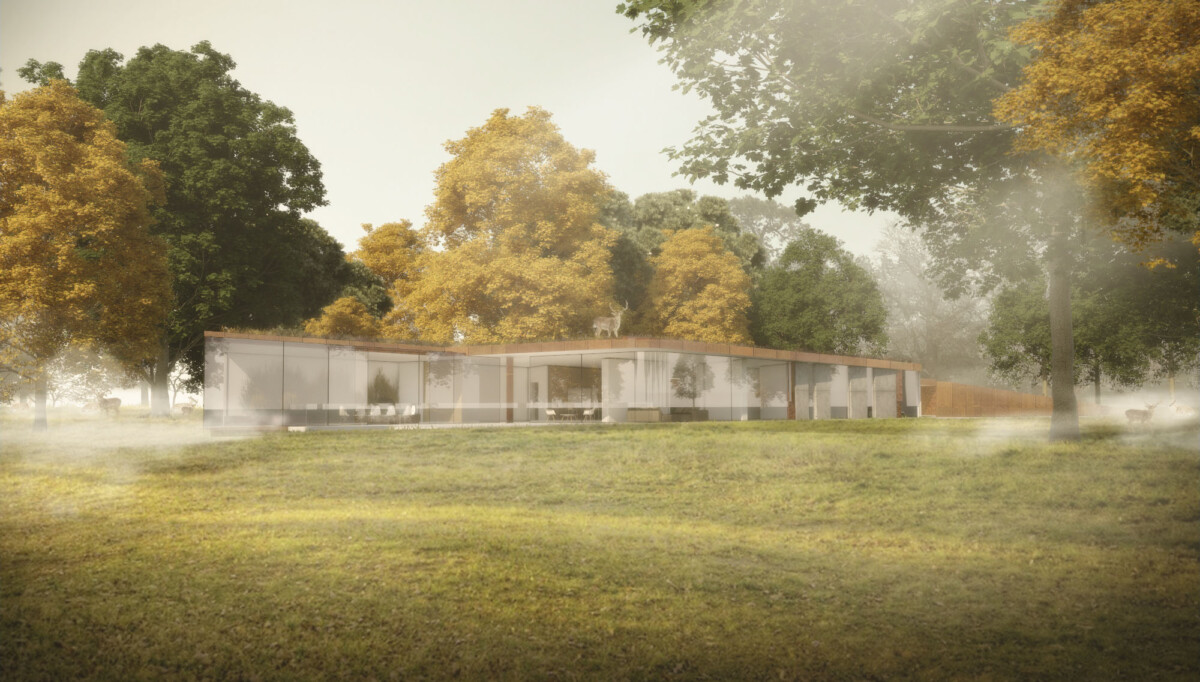
A Paragraph 79 (now Paragraph 80) building, Haneton is deeply respectful of the past, utterly sustainable, and built to house multiple generations. It is a place of great and meaningful comfort. It’s the good life, for the 21st century. Named after the original medieval manor on the site, it is the realisation of the client’s long-held family ambition to reoccupy the heart of their 80 acre farm, an ancient rural setting.
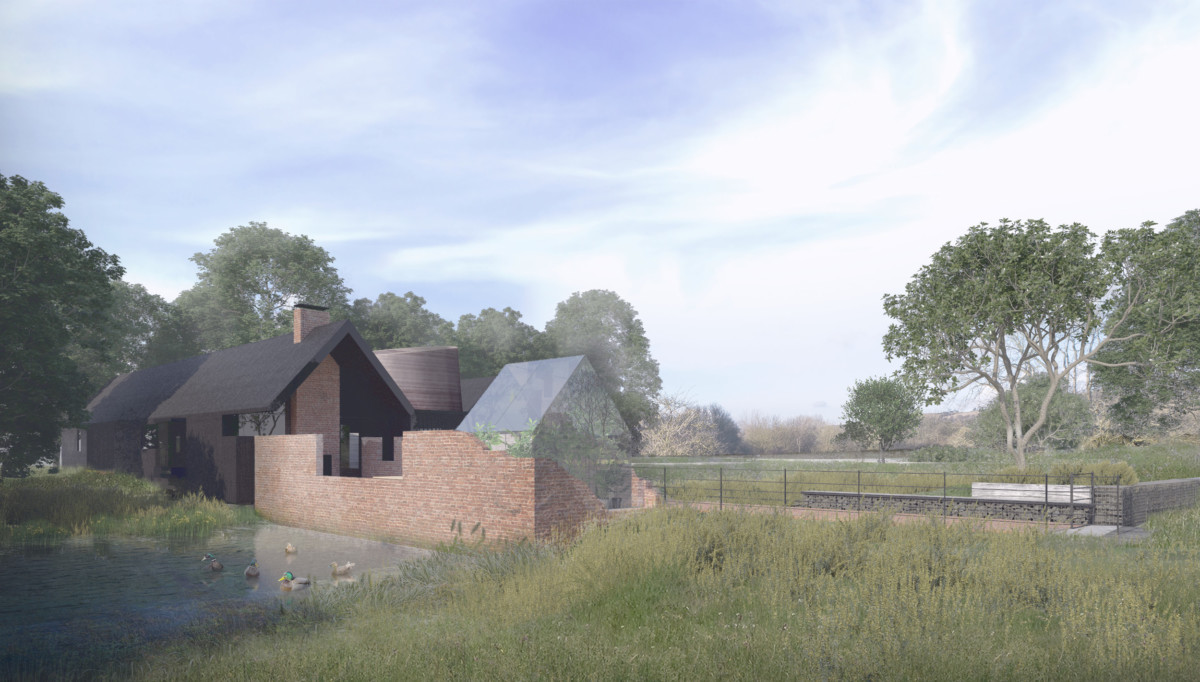
Usually, it’s impossible to make a case for building in areas of extraordinary natural beauty. And for good reason: it alters the shape and use of the land – permanently. However, occasionally, as is true of Haneton, to not have a house where a house has been for hundreds of years is to alter the shape and use of the land. Taking our cue from the traditional farmstead, the reimagined building consists of two simple and parallel charred timber-clad buildings, a central courtyard, and two-storey conical building formed of rammed earth.
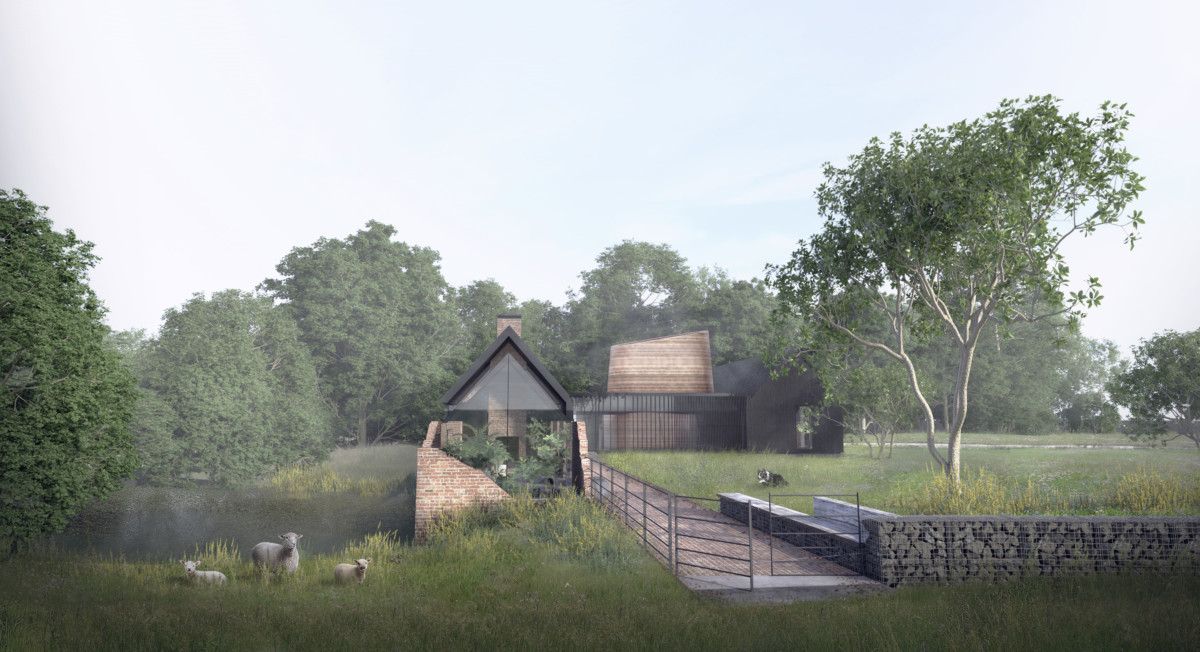
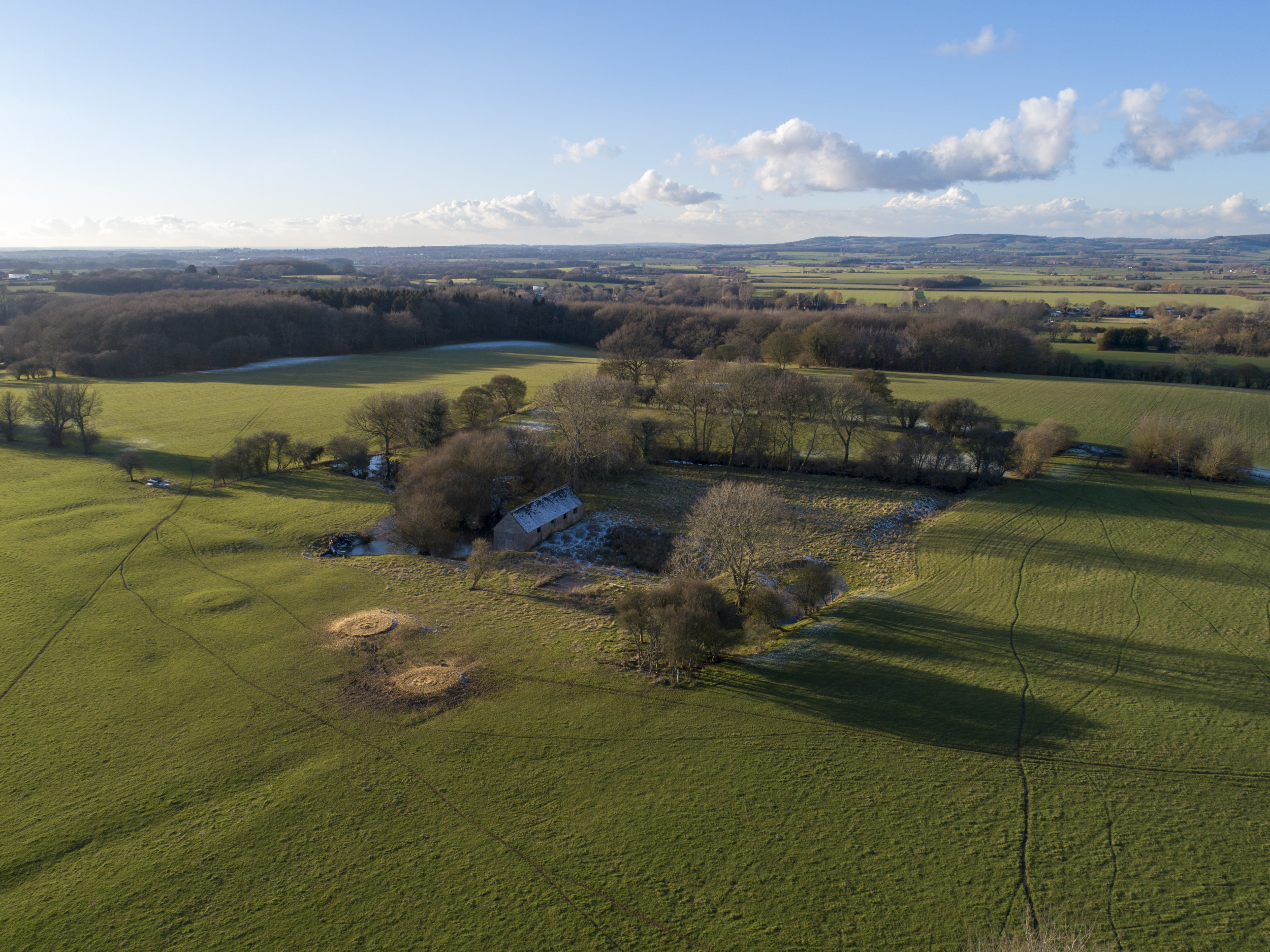
The RIBA award-winning architecture and design practice has built its reputation working on a wide array of projects, including a building set in ancient parkland, built into a medieval deer leap, and a steel mesh, larch and cement-clad holiday home on Dungeness beach. The breadth of these projects may be wide, but each one brings the perfect balance and integration of building design and landscape design, innovation and sincerity.

London
10A Acton Street WC1X 9NG
+44 (0)20 7096 5425
Kent
The Tramway Stables, Rampart Road
Hythe CT21 5BG
+44 (0)1303 260 515
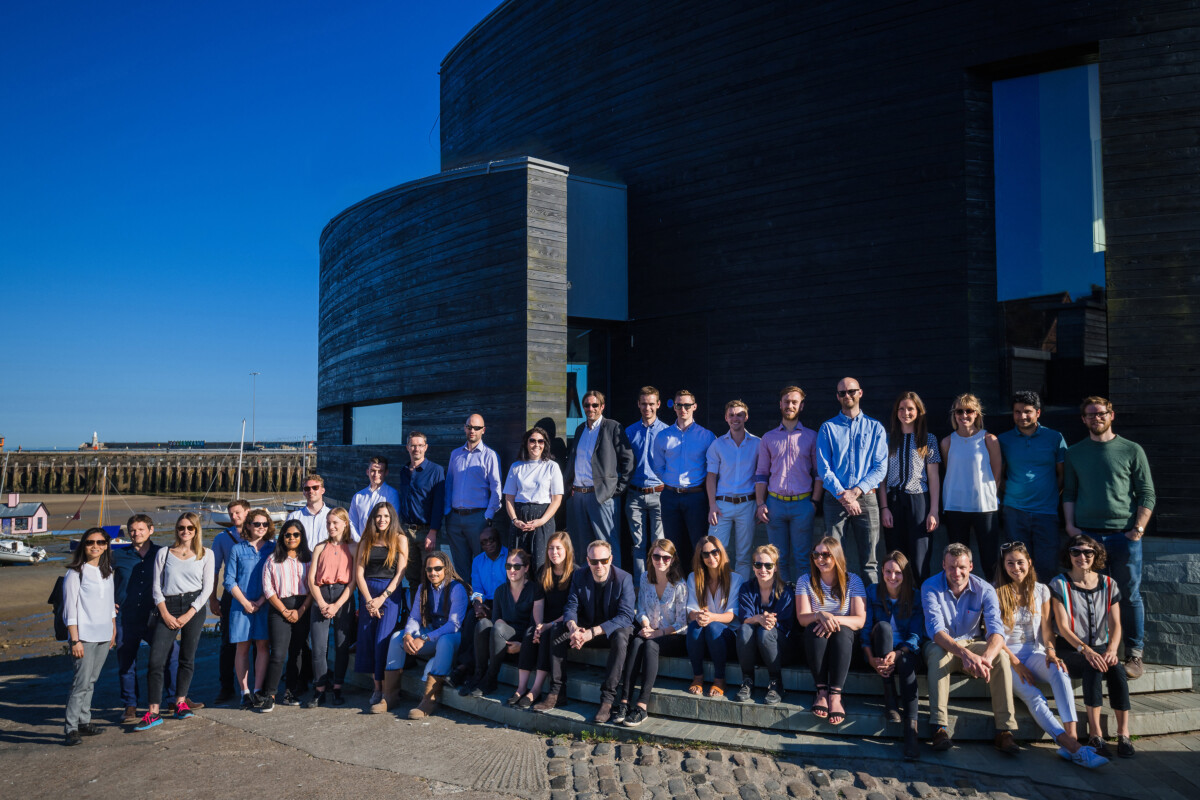

Using ‘Paragraph 79’ to design innovative country houses
Building a country house is, to many, a dream. It’s one that many would like to attain, but it seems so improbable, in large part due to the fact that it’s more likely they would be refused the opportunity to develop there. However, that isn’t necessarily the case. There is an exemption clause that could allow architect teams and their clients to developing exceptional buildings in rural areas.
This is known as Paragraph 79 in the National Planning Policy Framework and it can be a vital tool for architecture and construction teams that want to open up the ability to work on rural projects.
What is Paragraph 79 (now Paragraph 80)?
Paragraph 79 is named for the fact that is the set of criteria lined out in that part of the National Planning Policy Framework (or NPPF, for short.) Its prime function is to allow individual homes to be built in rural environments. For all intents and purposes, it is a necessary response to the abundance of policies that rule in the opposite favour, restricting the opportunities for rural developments. It is also considered a response to the lowering innovation seen in new housing projects which, due to their placement in townships and urban areas, tend to be homogenous and environmentally unsustainable.
Paragraph 79 allows the construction of isolated residences in rural areas under exceptional circumstances. It is the latest ancestor of Planning Policy Guidance 7, which allowed for new houses in the countryside “ if it is clearly of the highest quality, is truly outstanding in terms of its architecture and landscape design, and would significantly enhance its immediate setting and wider surroundings.”
What does Paragraph 79 actually say?
While the wording of the policy has changed, expanded in some ways, and refined in others, the spirit of it is much. As such, any building that is to be granted Paragraph 79 planning permission has to meet one of the following criteria:
a) there is an essential need for a rural worker, including those taking majority control of a farm business, to live permanently at or near their place of work in the countryside;
b) the development would represent the optimal viable use of a heritage asset or would be appropriate enabling development to secure the future of heritage assets;
c) the development would re-use redundant or disused buildings and enhance its immediate setting;
d) the development would involve the subdivision of an existing residential dwelling; or
e) the design is of exceptional quality, in that it: – is truly outstanding or innovative, reflecting the highest standards in architecture, and would help to raise standards of design more generally in rural areas; and – would significantly enhance its immediate setting, and be sensitive to the defining characteristics of the local area.
Criterion e) is the one most relevant to architects working on rural residences. All of the qualities within that point have to be met to qualify for Paragraph 79 planning permission.
How teams are meeting the Paragraph 79 criteria
The wording of criterion e) of Paragraph 79 may seem restrictive, but there are more options for planning permission than one might expect. For one, it can be either “truly outstanding” or “innovative.” While many teams would like to work to provide both, the option to focus on either end of the phrase opens up some possibilities.
Working to the highest standards of architecture to ensure outstanding quality in construction and design is an option for those who specialise in certain kinds of homes. However, those who focus on things like new technologies, green building methods, and other novelties in architecture may qualify within the clause as being “innovative” rather than “truly outstanding.” However, there is a standard of work that all teams have to meet through a rigorous testing procedure.
As rigorous as the testing may be, however, many are also finding success in the appeal process where they may first have their applications denied. For instance, many teams find a problem with areas they want to build in not being “isolated” enough to match the wording of the criterion, but have been able to argue otherwise during the appeals process.
If any team is looking to build isolated homes in the countryside, then they need to take advantage of Paragraph 79. However, in order to do that, they have to make sure that they work to fulfil the points within the criterion that allow them to get the planning permission they need. This might mean focusing on a few specialisations above all else.